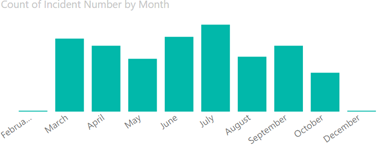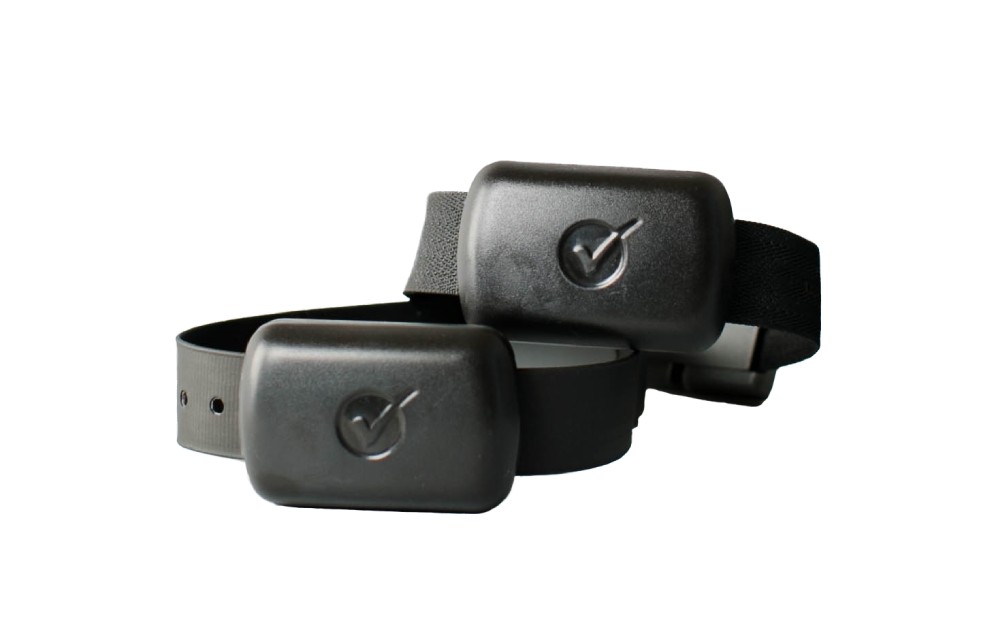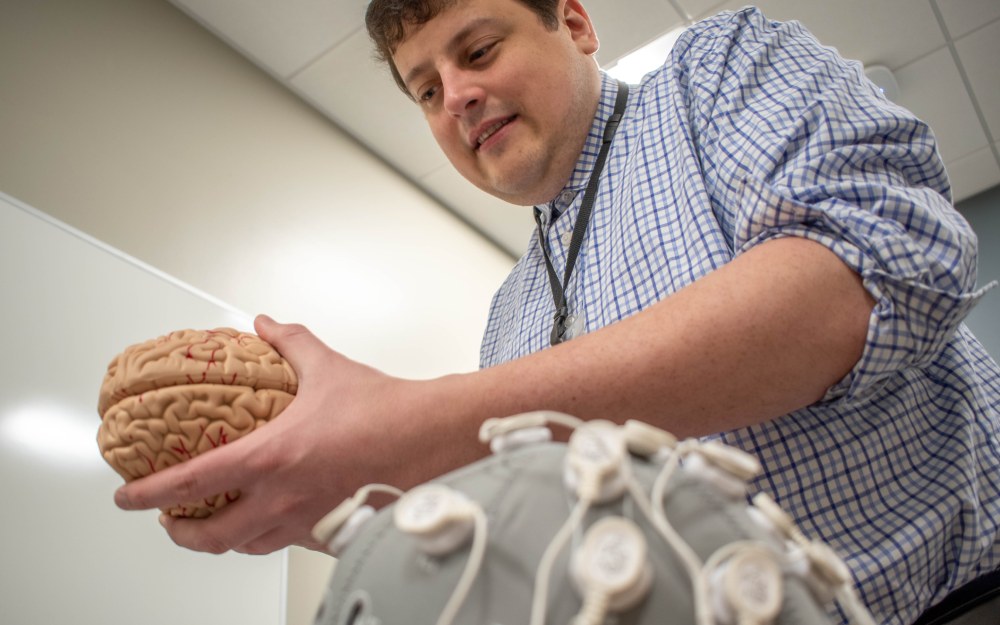
ObservSMART improves rounding, reduces incidents
11/23/21 12:50:pmSince launching in inpatient units in January and in all residential programs in March and April, ObservSMART has resulted in better quality of rounding and a 10% reduction in incidents.
“It improves quality, compliance, and patient safety,” says Brian Kay, PhD, vice president, continuous improvement. “We have seen a significant reduction in self-harm incidents and suicide attempts on the units, and, from a research side, the data is helping us understand things from a bigger perspective that can inform the field of mental health and addiction.”

How ObservSMART works

To facilitate timely and thorough patient safety checks during rounding, patients wear lightweight tamper-resistant wristbands with Bluetooth technology that syncs with an iPad device used by staff. The proximity-based technology prioritizes patients by acuity, including customized time intervals for individual patients with a countdown for each patient’s check.
Brad Riemann, PhD, chief clinical officer/chief operating officer, recently used ObservSMART when he filled in as a residential care specialist as part of Rogers’ initiative to address the critical staffing shortage by tapping those in support roles who have clinical backgrounds.
“It is a very effective tool that is also simple to use,” he says. “It helps support the safety needs of patients in our care because staff can keep better track of patients and complete rounds in a much more efficient manner.”
Derrick Jordan, vice president of operations, Brown Deer, also experienced the technology lately, when he observed it while in gemba.
“I was very impressed with the employee’s ability to explain exactly how ObservSMART works,” Derrick says. “Not only is it meant to allow us to safely monitor patients, it’s a prompt to engage with them in a very meaningful and thoughtful way.”
What’s next
To continue improving safety and treatment protocols, Rogers is preparing to pilot next generation bands featuring enhanced sensors and advanced remote patient monitoring data.
Starting in early 2022, the new technology will be piloted in Eating Disorder Recovery inpatient care for children, adolescents, and adults in Oconomowoc and in Mental Health and Addiction Recovery adolescent residential care in West Allis.
“The initial ObservSMART rollout was the first step of our plan to operationalize technology platforms that can provide remote patient monitoring capabilities and artificial intelligence (AI),” says Adam El-Ali, vice president, Clinical Technology Services.
He describes the second-generation bands as the next move in reducing incidents and increasing response times.
The augmented sensors, which detect force, light, and movement, will identify and alert staff if and when patients may be entering non-assigned rooms, exercising at night, falling down, or engaging in physical altercations or sexual activity.
“The expanded data collected from the bands will utilize AI to support clinical providers in helping to decrease incidents and improve clinical decision-making,” Adam says. “It also opens the door to leveraging remote patient monitoring tools and AI to enhance treatment in the future.”
Not only will the generated patient data be entered into the electronic health record, it could also be used in future Research Center and Clinical Effectiveness projects.
For instance, Rogers is collaborating with researchers at University of California-San Francisco to use clinically-collected outcomes measures to quantify sleep quality. According to Kelly Piacsek, PhD, vice president, Research, the new ObservSMART capabilities and data offer opportunities for prospective sleep research studies with this collaboration.
“I am excited to have the support of all our employees and senior leadership to implement innovative technology solutions at Rogers that will keep us on the leading edge of providing care,” Adam says.
For more information on ObservSMART, read an Insight story from February 2021.





